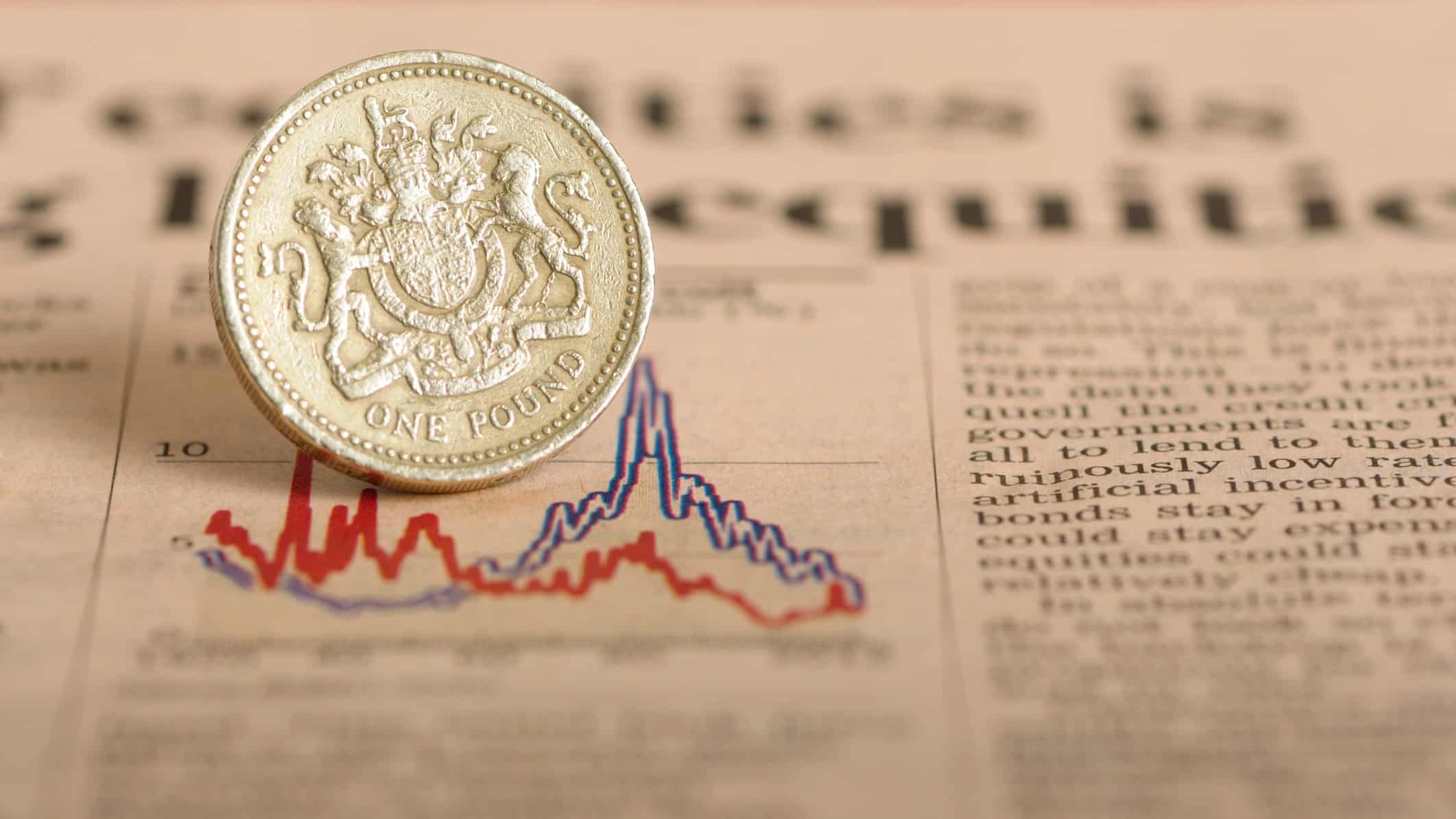A lot of large, successful companies throw off huge amounts of spare cash each year and distribute it to their shareholders in the form of dividends. So here is an idea – if I want to start earning a second income, I could simply buy shares in a diversified range of FTSE 100 shares.
Such an approach has risks – dividends are never guaranteed, after all. But it could also help me benefit from the proven success of large businesses without needing to do any of the hard labour myself.
To put such a plan into action, here are three steps I would take.
Step one: put aside some money to invest
Buying shares costs money.
Rome was not built in a day, though. The same could be true of my portfolio of income shares. If I have spare money to invest now, I could use it. For example, putting £100,000 into FTSE 100 shares with an average yield of 3% to 4% could hopefully earn me £3,000 to £4,000 per year in dividends without needing to raise a finger.
But an alternative would be for me to put aside a set amount on a regular basis, for example weekly or monthly. I could do that by saving money in a share-dealing account or Stocks and Shares ISA. Over time that could help me build up my investment portfolio and hopefully the size of my second income alongside it.
I need to be realistic about how long that could take, though. Putting aside £100 a month, for example, should give me £1,200 within a year. At the level of yield I mentioned above, that would earn me less than a pound a week in second income the following year. It is a start, but it would not exactly justify giving up the day job just yet!
Step two: focus on long-term quality businesses
A number of FTSE 100 shares have very juicy yields. Housebuilder Persimmon offers 17.7%. Some offer much smaller yields. Drinks giant Diageo, for example, has raised its dividend annually for over three decades – but its yield is just 2.1%.
Which company could fit my portfolio? The answer may be neither – or both. On its own, current dividend yield is not a reliable yardstick of what to expect from owning a share. After all, dividends are never guaranteed.
Instead, I hunt for high-quality businesses I think can profit in the long term from their defensible position in a resilient market. I would try to buy share in those sorts of companies, if I felt their valuations were attractive and the prospective yields appealed enough to me. If I could not find such shares, I would wait until I did before then investing my money.
Step three: keep going
A plan is one thing, but sticking to it can be quite another.
I think the approach outlined above could earn me a second income. But it may be modest at first, especially if I was only investing a small amount each month or week. One thing I appreciate as an investor, though, is the way in which time can work its magic.
So I would keep going, earning dividends from my prior investments, saving for new ones, and always hunting for new investment opportunities that might suit my objectives!








